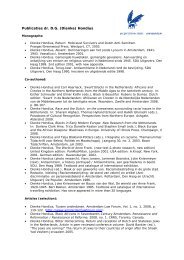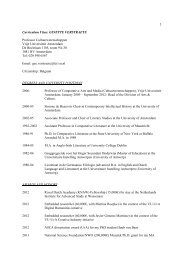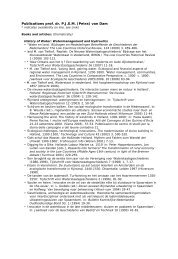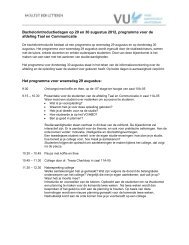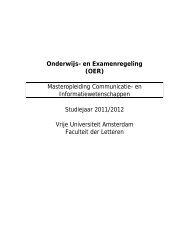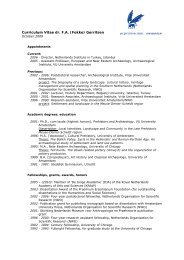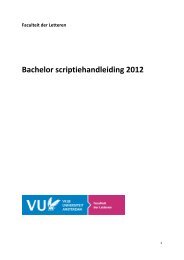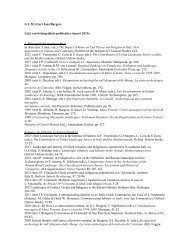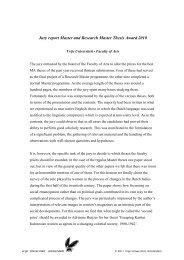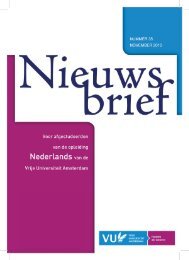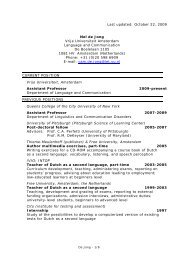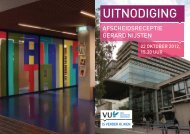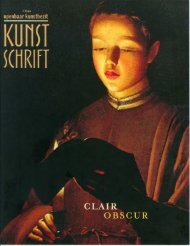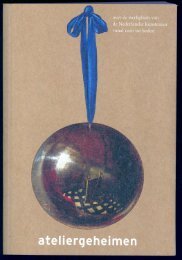You also want an ePaper? Increase the reach of your titles
YUMPU automatically turns print PDFs into web optimized ePapers that Google loves.
(zum meinen Vergnügen}- Kandinsky had learned in Munich that the figurative<br />
belonged to che past, rather than to modern art. In this regard then<br />
the novel could not have been of much direct use.<br />
Nevertheless the homage paid to Leonardo by Merczhkovsky and many<br />
other Russian and European Symbolists may weli have arouscd Kandinsky's<br />
curiosity about Leonardo's own texts and drawings of the delugc.19<br />
While we do not know which publications and reproductions hè consulted,<br />
we can discern a few likely candidates.<br />
TKXTS BY AND ABOUT LEONARDO<br />
Since the middle of the nineteenth century a new historica] and aesthetic<br />
image had emerged of Leonardo as aseer of genius, a sort of mystical magician.<br />
Initially an invention of French authors, the 'new' Leonardo also<br />
made an appearance in the works of English and German writers from the<br />
late i86os onwards. Tn England Walter Pater in particular represemed chc<br />
new Europe-widc interpretation of Leonardo. In his famous and influential<br />
essay of 1869 hè dcscribed Da Vinci's art from a modern aesthetic point<br />
of view and the person of the artist in a historical, if somewhat unconvcntional<br />
fashion. According to Pater, Leonardo's artistry, which hè found<br />
both rnysterious and modern, could only have originated from chc brain of<br />
a profane genius far ahead of his time.20 Pater saw him as the personification<br />
of the greac upheaval that supposedly occurred in around 1500; hè<br />
was 'the sorcerer or magician, possessed of curious secrets and a hidden<br />
knowledge, living in a world of which hè alonc possessed the key'.21 This<br />
was the Leonardo for whom the Symbolists feit such admiracion.<br />
The veritable deluge of works on Leonardo all elaborated on this interpretation.<br />
Among them was a book of 1892 by Gabriel Séailles, that received<br />
great acclaim at the time, Léonard de Vind; l'artiste et ie savant. Essai de biographie<br />
psychologique. Séailles devoted a large part of the chapter, 'Le savanc<br />
et l'artiste: la science dans l'art. — Les procédés et les ceuvres' to Leonatdo's<br />
own remarks on the depiction of a deluge and the accompanying "Windsor<br />
drawings.<br />
Séailles accounted for the rnysterious power of the lacter by referring to<br />
Leonardo's exceptional combinacion of true obsetvation of nature and understanding<br />
of the spirit (I'esprit) that was present in all creation. He saw<br />
these drawings as outstanding examples of Leonardo's genius. Like Walter<br />
Pater, hè mentioned Leonardo's exceptional fascination with the movements<br />
of water, which hè had observed so intensely that his drawings of<br />
eddying whirlpools and rolling, buffeting and breaking wavcs suggest that<br />
Leonardo had done his deluge from direcc experience. Rather than a trueto-Ufe<br />
rendering, realistic chough the details are, one of the deluge drawings<br />
reminded him of the vision of a poet such as Dante.<br />
KAND<strong>IN</strong>SKY S COMPLETION OF LEONARDO S DELUGE 459



